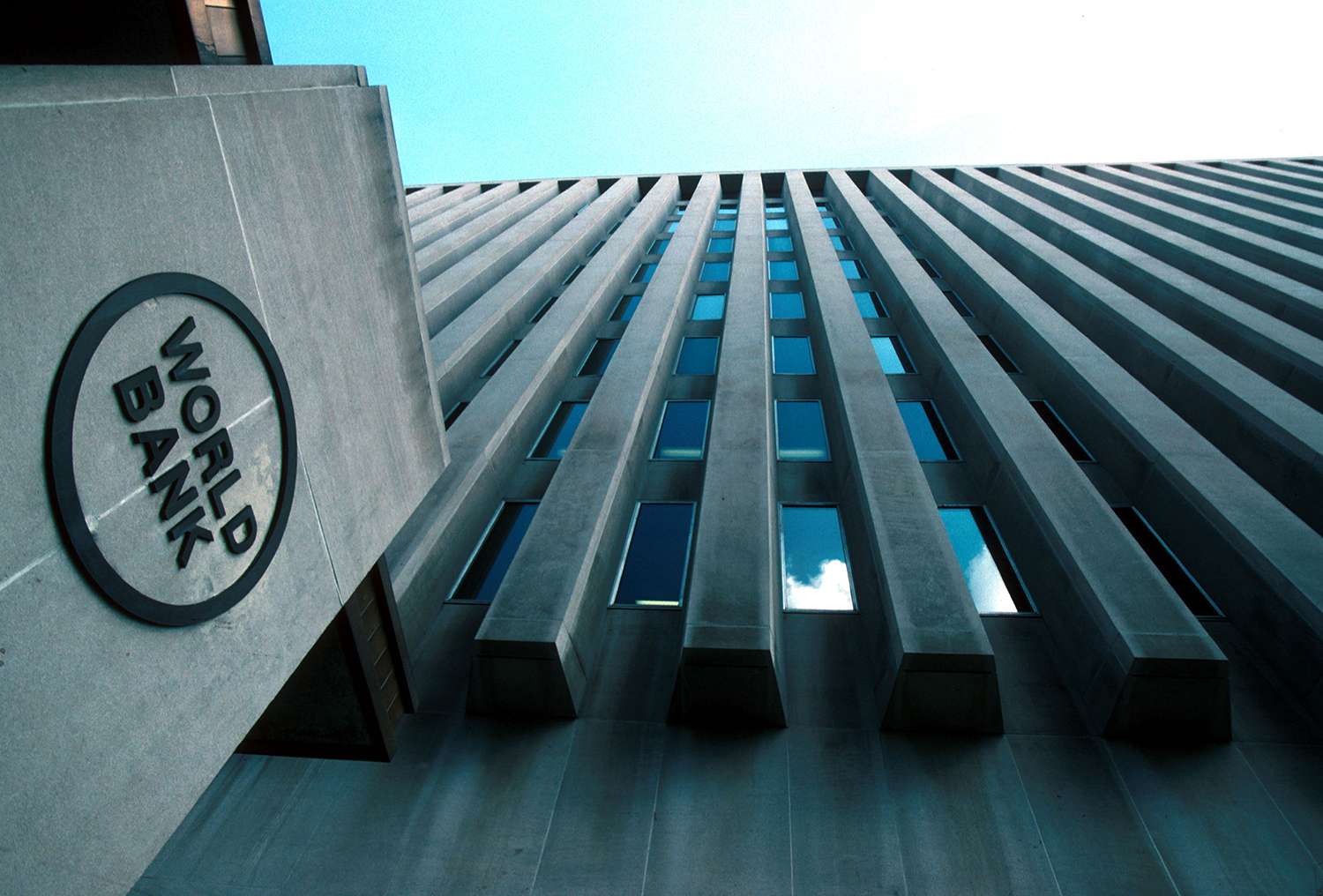The World Bank has issued a report predicting a potential decline in remittances sent to Tajikistan, which have been a crucial component of the nation's economic growth.

The report attributes this expected downturn to escalating global and regional tensions, coupled with stricter migration policies in Russia. Following the terrorist attack in Moscow on March 22, 2024, Russian authorities have intensified their crackdown on migrant workers, including those from Tajikistan. This has raised concerns about a decrease in remittance flows.
"Enhanced migration restrictions and increased police actions against Tajik migrants are likely to lead to reduced remittance inflows," the World Bank's report states.
Remittances have contributed to poverty alleviation in Tajikistan, with many citizens migrating for better-paying jobs abroad.
According to the World Bank, Tajik migrants predominantly work in Russia, where wages are substantially higher than in their home country. For example, construction workers in Russia earn an average of $810 per month, compared to $277 in Tajikistan. Retail trade wages average $608 in Russia versus $154 in Tajikistan, while public utilities workers earn $612 in Russia and only $111 in Tajikistan.
The report also highlights that approximately 42% of households in Tajikistan have members engaged in labor migration. The Asian Development Bank reported earlier this year that remittance inflows to Tajikistan surged to $5.3bn in 2022, nearly double the $2.9bn recorded in 2021. This upward trend continued into 2023, with remittances reaching $5.7bn, a 6.6% increase from the previous year.
While Russia remains the primary destination for Tajik labor migrants, there has been an increase in migration to Europe and North America in recent years.
Tajikistan has experienced strong economic growth, with an expansion of 8.3% in 2023 and 8.2% in early 2024, fueled by increased gold export revenues and investments in public infrastructure. Worker remittances and higher public wages have spurred domestic demand and reduced poverty. Tighter monetary policies and falling global food and fuel prices have further stabilized the economy, supported by increased external grants that have decreased public debt.
Nevertheless, challenges persist. GDP growth is projected to slow to 6.5% in 2024 and 4.5% in the medium term, due to slow growth in major trading partners and delays in domestic reforms.
Follow Daryo's official Instagram and Twitter pages to keep current on world news.
Comments (0)